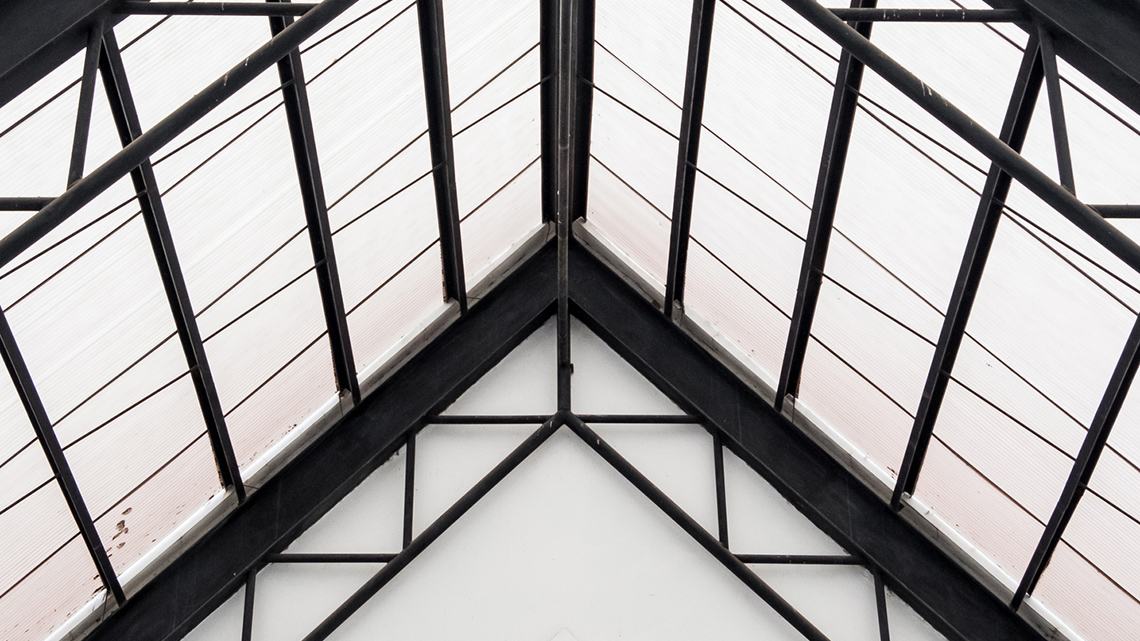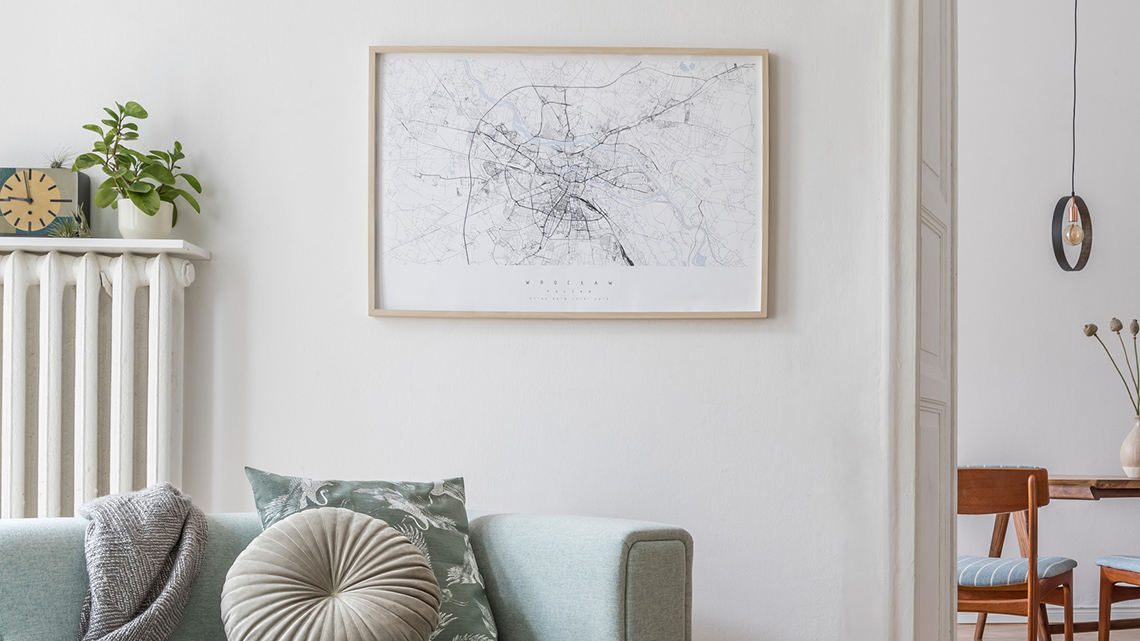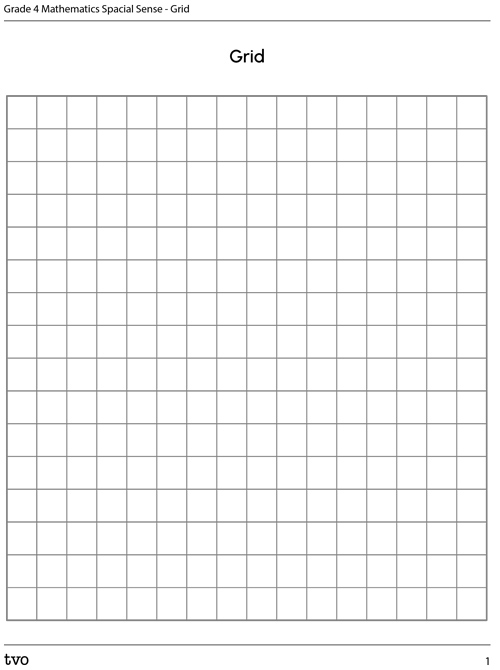Minds On
What’s the shape?
Explore the following shapes.
- What do you notice about them?
- What are some of the similarities or differences?
- What is the name of this shape? Are all the shapes the same?
Record your ideas in a notebook or a method of your choice.

Action
Task 1: Exploring rectangles
You may have noticed in the Minds On section that all of the shapes presented were rectangles.
A rectangle has different attributes or properties that help us to identify and define it. Even if we change its size or its position, it remains a rectangle if the properties stay the same.
Let’s examine the following images of a rectangle. Each image highlights a different property. For each shape, record the properties in a notebook or a method of your choice.
Image 1

What is a property we can identify in this image?
Press the 'Property' button to reveal an answer.
Image 2

What is a property we can identify in this image?
Press the 'Property' button to reveal an answer.
The rectangle has two sets of sides that are the same length.
This example of a rectangle has two sides that are 8 pegs wide and 12 pegs long.
Opposite sides of a rectangle are parallel.
Image 3

What is a property we can identify in this image?
Press the 'Property' button to reveal an answer.
Image 4

What is a property we can identify in this image?
Press the 'Property' button to reveal an answer.
Image 5

What is a property we can identify in this image?
Press the 'Property' button to reveal an answer.
The last image highlights 'right angles' in a rectangle. To learn more about these angles, press the 'Right Angles' button.
Right angles
If two lines meet at a right angle, the lines are perpendicular. This means that they come together or intersect at an angle of 90 degrees.

Review: Properties of a rectangle
These are the properties of a rectangle:- 4 sides
- 4 corners or vertices
- 2 sets of parallel lines. Parallel lines do not meet. The distance between parallel lines remains the same. Parallel lines in a rectangle are opposite sides and are the same length
- Each corner of a rectangle is at a 90-degree angle
Task 2: Rectangles in the real world
Rectangles are often found in the world around us. Examine the following pictures and determine how many rectangles are in each:
Think about the following questions. You can record your thinking using a method of your choice.
- What did you notice about the images?
- How is the shape of a rectangle used in different ways?
- Would you include other shapes if you could design these spaces? Why or why not?
Task 3: Rectangles in your learning space
Consider the following objects.
You might have noticed that each of the objects has rectangular properties.
Find and list three objects in your surroundings that have rectangular properties.
Would these objects work properly if they were another shape?
Record your ideas in a notebook or a method of your choice.
Consolidation
Task 1: Rectangles in art
Let’s explore the following piece of geometric artwork.
Are all of the shapes rectangles? How can you use your understanding of the rectangle’s properties to determine how many rectangles are in the image?
Record your thinking using a method of your choice.

Task 2: Create your own!
Time to create your own geometric artwork. You may use a combination of different shapes, but you must include rectangles in your piece. Refer to the properties of a rectangle if you need.
If you’d like, you can press the 'Properties of Rectangles' button for a helpful reminder.
These are the properties of a rectangle:
- 4 sides
- 4 corners or vertices
- 2 sets of parallel lines. Parallel lines do not meet. The distance between parallel lines remains the same. Parallel lines in a rectangle are opposite sides and are the same length
- Each corner of a rectangle is at a 90-degree angle
You may use the following printable Grid document to create your artwork. You can also use another method of your choice.
Reflection
As you read through these descriptions, which sentence best describes how you are feeling about your understanding of this learning activity? Press the button that is beside this sentence.
I feel...
Now, record your ideas using a voice recorder, speech-to-text, or writing tool.
Press 'Discover More' to extend your skills.
Discover More
Architects often choose rectangles when designing buildings and other structures.
Why is the rectangle such a popular shape to use for structures?
Research buildings that have used rectangular shapes in their structures.
Share 2 buildings you found where rectangles are the main shape.
Connect with a TVO Mathify tutor
Think of TVO Mathify as your own personalized math coach, here to support your learning at home. Press ‘TVO Mathify’ to connect with an Ontario Certified Teacher math tutor of your choice. You will need a TVO Mathify login to access this resource.
TVO Mathify (Opens in a new tab)





